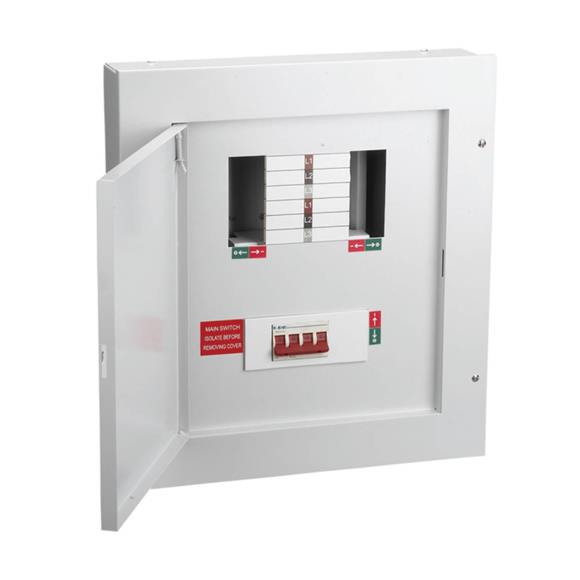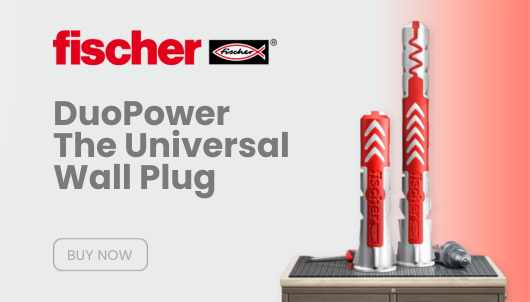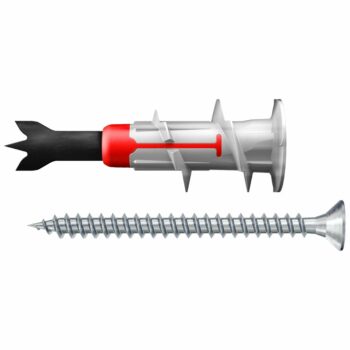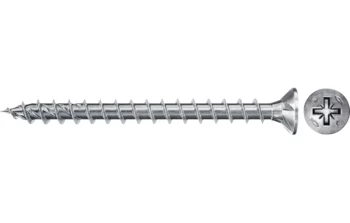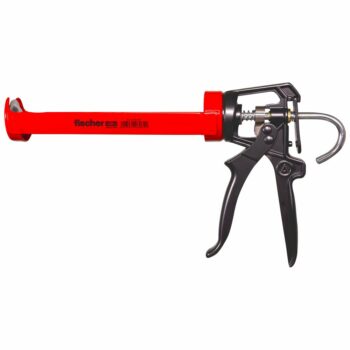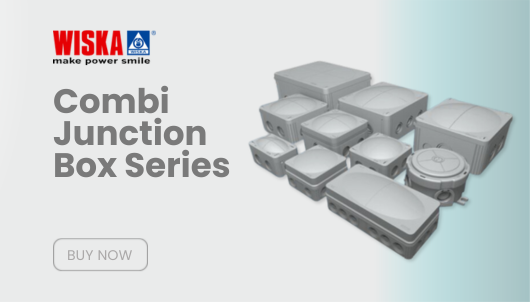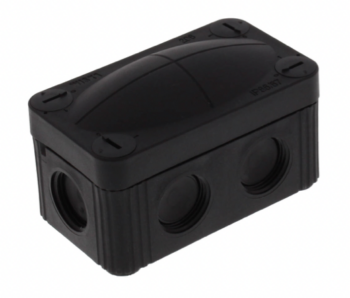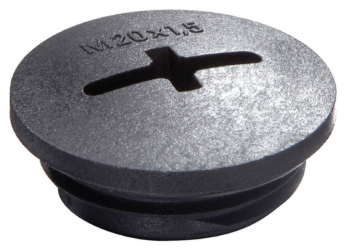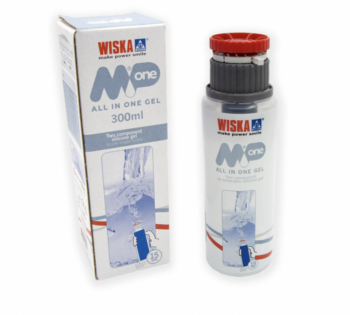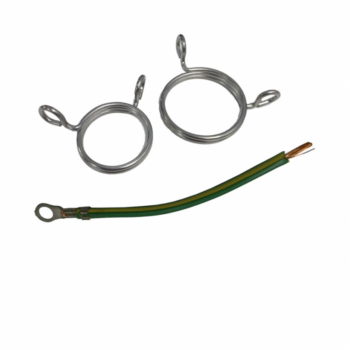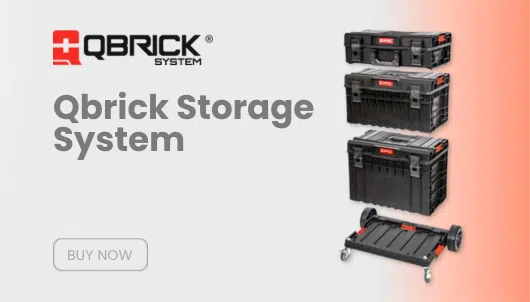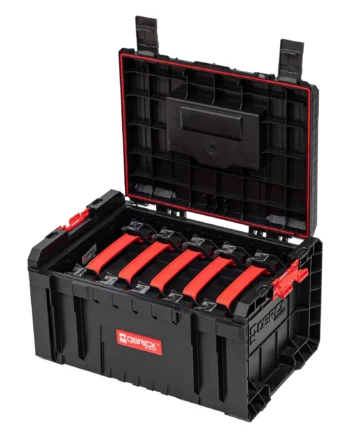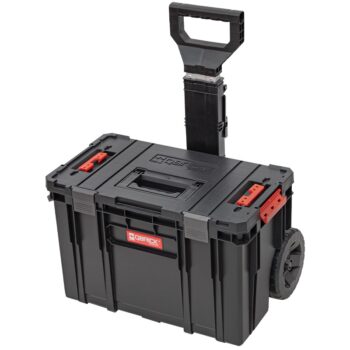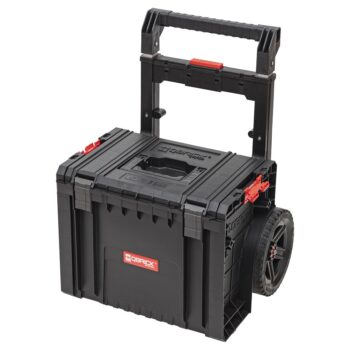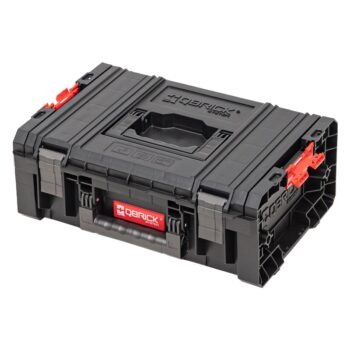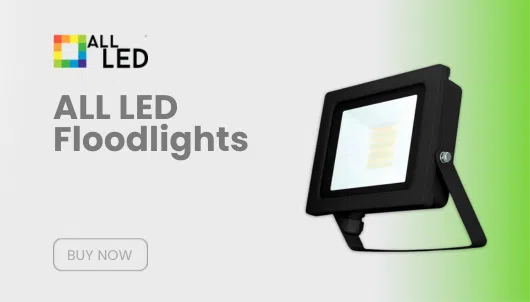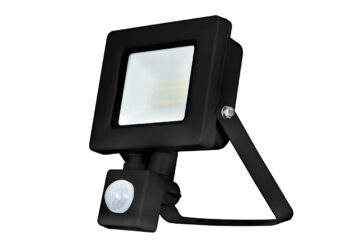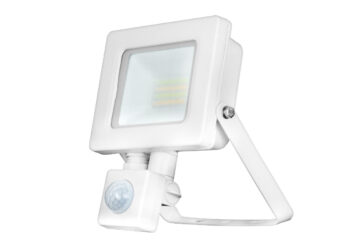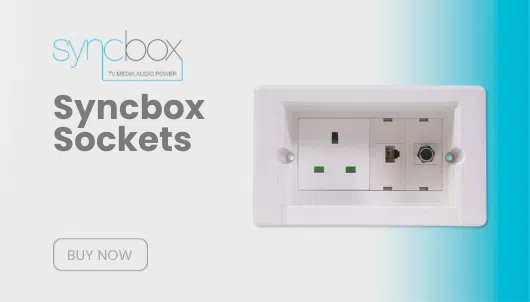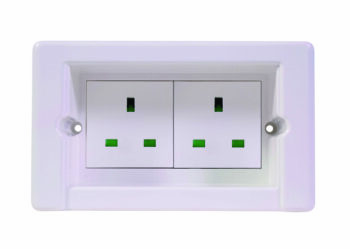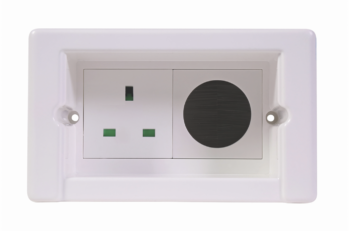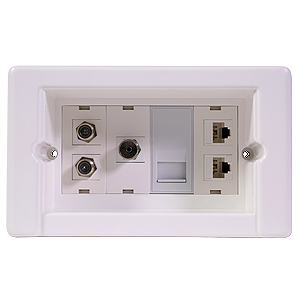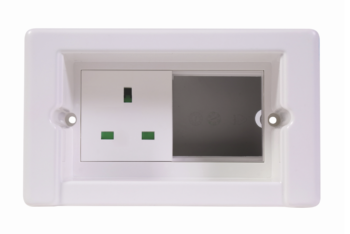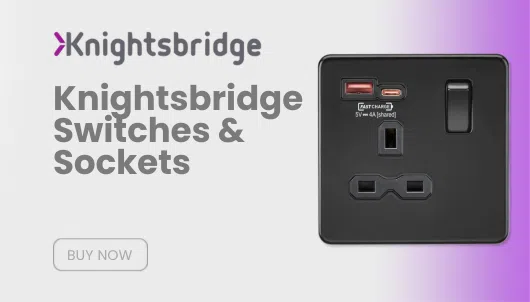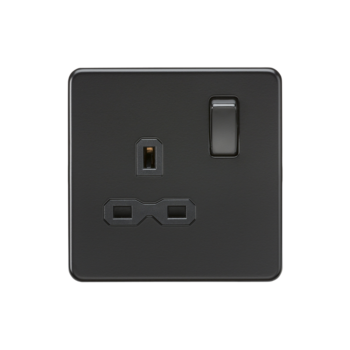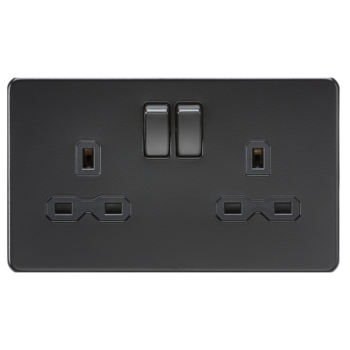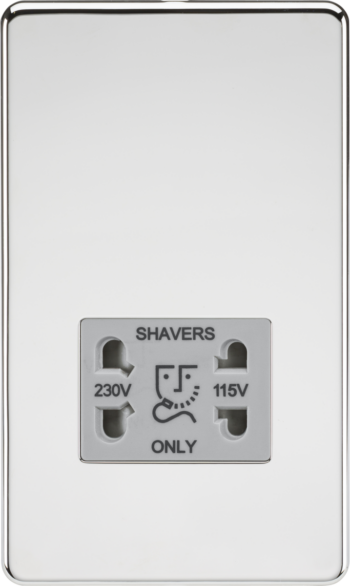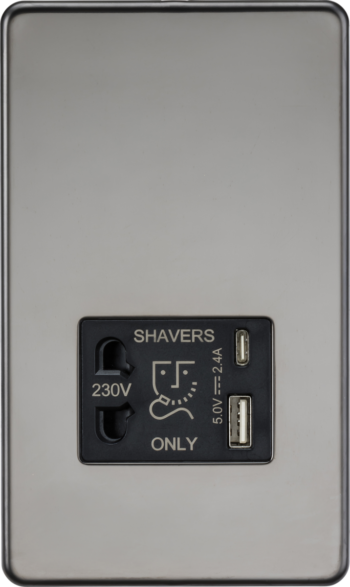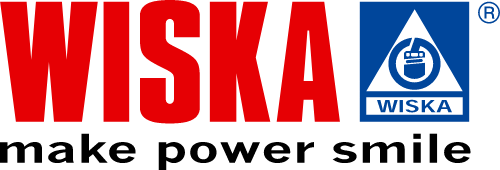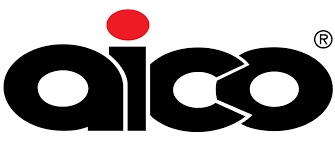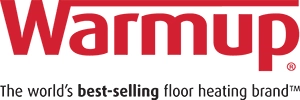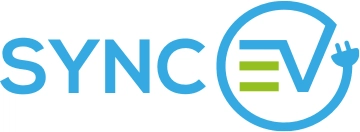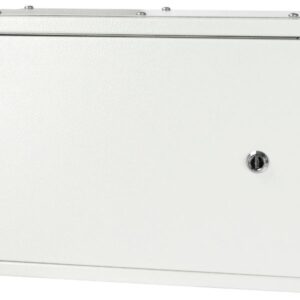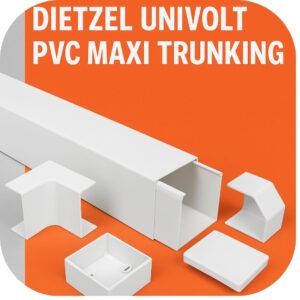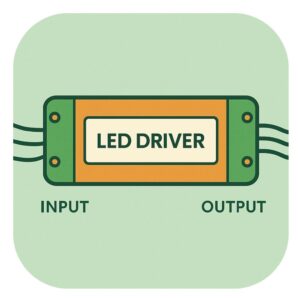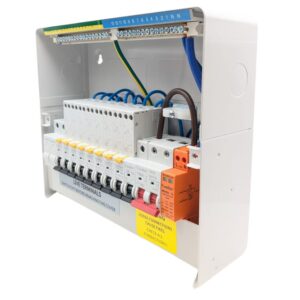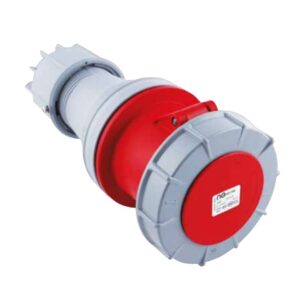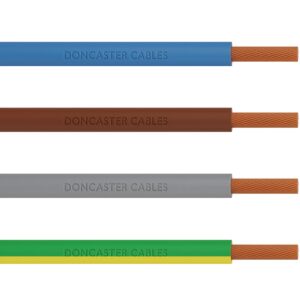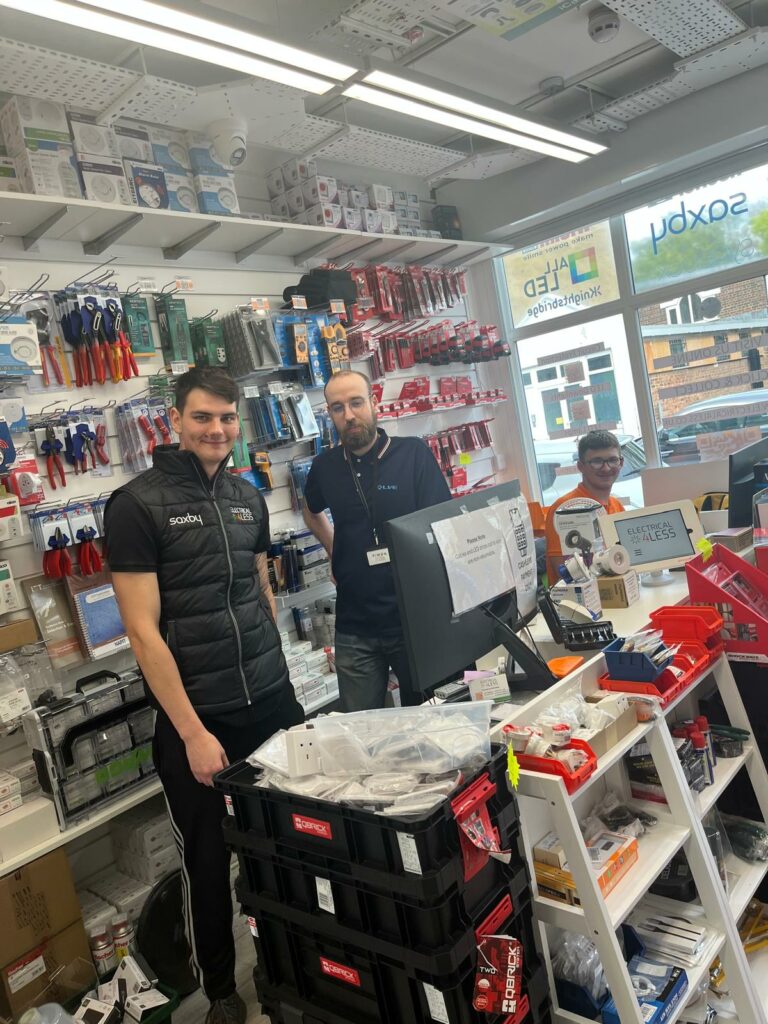Complete Guide To Live Three Phase Boards
Table of contents
- Complete Guide To Live Three Phase Boards
- 1. Introduction to Live Electrical Three Phase Boards
- 2. What is a Three Phase Board?
- 3. How Does a Live Electrical Three Phase Board Work?
- 4. Why Choose Live Electrical Three Phase Boards?
- 5. Key Features of Live Electrical Three Phase Boards
- 6. Three Phase Boards vs. Single Phase: What’s the Difference?
- 7. Common Applications of Live Electrical Three Phase Boards
- 8. Technical Specifications of Live Electrical Three Phase Boards
- 9. Choosing the Right Three Phase Board for Your Needs
- 10. Regulations and Compliance for Three Phase Boards in the UK
- 11. Installation Best Practices for Live Electrical Three Phase Boards
- 12. Maintaining Your Three Phase Board for Optimal Performance
- 13. The Future of Three Phase Boards in Electrical Installations
- 14. Conclusion
- 15. FAQs About Live Electrical Three Phase Boards
1. Introduction to Live Electrical Three Phase Boards
When it comes to electrical installations, Live Electrical Three Phase Boards are one of the most robust and efficient solutions for managing the distribution of electricity in both commercial and industrial environments. These boards are designed to support the higher power demands typically seen in large machinery, heavy equipment, and multi-phase electrical systems. If you are upgrading your electrical system, or perhaps building a new one, understanding the role of a Three Phase Board is crucial to ensure that your setup is safe, efficient, and compliant with UK regulations.
In this comprehensive guide, we will explore everything you need to know about Live Electrical Three Phase Boards—from their construction and features to their applications and the key differences between them and single-phase systems. Whether you are a professional electrician, a business owner, or simply someone looking to understand your options better, this guide is designed to provide you with a clear, complete understanding of Live Electrical’s range of Three Phase Boards.
2. What is a Three Phase Board?
A Three Phase Board is an essential component in electrical installations where three-phase power is used to distribute electricity efficiently. Unlike single-phase systems, which use two wires (live and neutral), a Three Phase Board uses three live wires and one neutral, allowing it to provide a balanced and stable electrical load across all three phases. This balance reduces energy loss and improves the overall efficiency of power distribution.
Live Electrical Three Phase Boards are designed to handle high currents, typically ranging from 125A to 250A, and come equipped with various protection devices to ensure the safety and reliability of the system. These protection devices include MCBs, RCBOs, and SPDs, which will be explained in detail in the following sections.
3. How Does a Live Electrical Three Phase Board Work?
At its core, a Three Phase Board is responsible for safely distributing electricity across a system while protecting the installation from electrical faults. Here’s a breakdown of how it works:
- Incoming Three-Phase Supply: Electricity enters the board through the three-phase incoming supply, which consists of three live conductors (L1, L2, L3) and one neutral conductor.
- Load Distribution: The electricity is then distributed to various circuits via circuit breakers (MCBs) and protective devices (RCBOs). Each circuit in the board will typically correspond to a different area of the property or a specific piece of equipment.
- Circuit Protection: The MCBs (Miniature Circuit Breakers) within the board provide overload and short-circuit protection for each circuit, while the RCBOs (Residual Current Breakers with Overload) ensure that any earth leakage faults are detected and rectified. Additionally, SPDs (Surge Protection Devices) safeguard the installation from power surges caused by lightning or switching operations.
By utilizing this combination of components, Live Electrical Three Phase Boards help to balance the load, prevent overloads, protect against leakage, and mitigate damage from electrical surges.
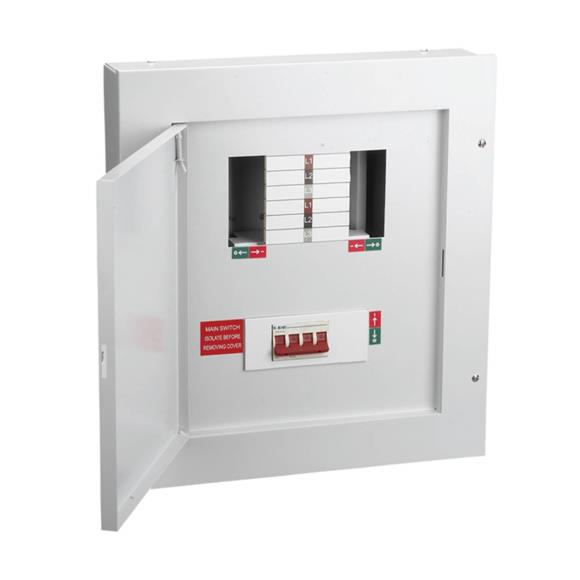
4. Why Choose Live Electrical Three Phase Boards?
Live Electrical is a trusted manufacturer known for providing high-quality electrical components that ensure both safety and reliability. When it comes to Three Phase Boards, choosing Live Electrical means selecting a solution that:
- Ensures Safety: With built-in protection devices such as MCBs, RCBOs, and SPDs, Live Electrical Three Phase Boards are designed to meet safety standards and protect both the electrical system and users from potential hazards.
- Improves Efficiency: Three-phase systems are inherently more efficient than single-phase systems, particularly for high-power applications. Live Electrical’s boards are engineered to handle larger loads and maintain a balanced, stable power supply.
- Offers Versatility: They come in a variety of configurations (125A and 250A) to suit different power requirements, whether for small businesses or large industrial applications.
- Complies with UK Regulations: Live Electrical’s boards are designed and manufactured in compliance with the latest UK regulations, ensuring that installations meet safety standards such as BS 7671 and IEC 61439.
5. Key Features of Live Electrical Three Phase Boards
Live Electrical’s Three Phase Boards come equipped with several key features that make them stand out in terms of performance and safety.
MCBs (Miniature Circuit Breakers)
MCBs are essential for overload protection. They automatically trip the circuit when the current exceeds the rated capacity, preventing damage to the electrical installation. They are particularly useful for protecting wiring and equipment from overheating and preventing potential fire hazards.
SPD (Surge Protection Devices)
SPDs protect against power surges that could otherwise damage sensitive electrical equipment. They work by diverting excess voltage (caused by things like lightning or sudden switching of electrical circuits) safely to the ground. This is crucial for protecting expensive machinery and sensitive electronics in commercial and industrial settings.
RCBOs (Residual Current Breakers with Overload Protection)
RCBOs provide protection against earth leakage currents, ensuring that the system is safe from electrical faults. They are critical in preventing electric shocks by detecting any imbalance between live and neutral conductors and tripping the circuit when necessary. RCBOs also offer the additional benefit of overload protection, further enhancing the safety of the system.
Ample Current Rating Options: 125A and 250A
Live Electrical Three Phase Boards are available in both 125A and 250A versions, giving you flexibility depending on your installation’s current requirements. The higher the current rating, the larger the electrical loads the board can handle.
6. Three Phase Boards vs. Single Phase: What’s the Difference?
While single-phase systems are adequate for most household electrical needs, three-phase systems offer several advantages, particularly in settings that require more power or reliability. Here’s a quick comparison between Three Phase Boards and Single Phase Boards:
| Feature | Three Phase Board | Single Phase Board |
|---|---|---|
| Power Distribution | More balanced and stable power flow | Less balanced; power can fluctuate |
| Energy Efficiency | More efficient for heavy loads | Less efficient for high-power equipment |
| Applications | Industrial, commercial, high-demand | Residential, light commercial |
| Load Handling | Can handle larger loads | Limited to smaller loads |
| Circuit Protection | Includes MCBs, RCBOs, SPDs | Includes MCBs |
Live Electrical Three Phase Boards are ideal for environments that require continuous power and high-efficiency operations. They are commonly used in industries such as manufacturing, large office buildings, and data centers.
7. Common Applications of Live Electrical Three Phase Boards
Residential Applications
While three-phase power is generally associated with commercial and industrial settings, it’s also becoming more common in modern homes that utilize high-power appliances like electric car chargers or large heating systems. Live Electrical Three Phase Boards help distribute power to these appliances efficiently and safely.
Commercial & Industrial Applications
The bulk of Live Electrical Three Phase Boards are used in commercial and industrial applications, where the demand for electricity is high. These boards provide power to large machinery, HVAC systems, and heavy-duty equipment, ensuring everything operates smoothly and safely.
8. Technical Specifications of Live Electrical Three Phase Boards
Understanding the technical details of Live Electrical Three Phase Boards is essential to ensuring that you choose the right board for your needs. Here are some key specifications:
- Current Rating: Available in 125A and 250A versions.
- Circuit Protection: Comes with MCBs, RCBOs, and SPDs for comprehensive protection.
- Construction: Typically made from durable, flame-retardant materials to ensure safety and longevity.
- Compliance: Meets UK and European standards including BS 7671 and IEC 61439.
9. Choosing the Right Three Phase Board for Your Needs
When selecting a Live Electrical Three Phase Board, it’s important to consider factors such as:
- Current Demand: Choose a board with the appropriate current rating (125A or 250A) based on your power needs.
- Space Availability: Consider the size of the board and whether it will fit within the installation area.
- Safety Features: Ensure the board includes sufficient protection, such as MCBs, RCBOs, and SPDs, based on the nature of your equipment.
- Compliance: Verify that the board meets UK safety regulations and is compliant with the BS 7671 standard.
10. Regulations and Compliance for Three Phase Boards in the UK
In the UK, all electrical installations must comply with the Wiring Regulations (BS 7671). These regulations ensure that electrical systems are designed and installed safely. When it comes to Live Electrical Three Phase Boards, it’s crucial that they meet the following standards:
- BS 7671: This standard covers the installation of electrical wiring and ensures safety in residential, commercial, and industrial settings.
- IEC 61439: This standard deals with the specification, installation, and maintenance of low-voltage switchgear and controlgear assemblies, ensuring safe and efficient operation of Three Phase Boards.
11. Installation Best Practices for Live Electrical Three Phase Boards
For the safe and efficient operation of your Live Electrical Three Phase Board, it’s essential to follow installation best practices:
- Qualified Electrician: Always hire a qualified electrician who is experienced in three-phase installations.
- Correct Sizing: Ensure the board is properly sized for the current load and is compatible with all devices connected.
- Proper Earthing: Adequate earthing must be in place to protect the installation and users from electrical faults.
- Circuit Testing: After installation, all circuits should be thoroughly tested for compliance and functionality.
12. Maintaining Your Three Phase Board for Optimal Performance
Proper maintenance of your Live Electrical Three Phase Board ensures longevity and safety. Regular inspections, testing, and servicing by a qualified electrician can prevent costly repairs and potential safety hazards.
13. The Future of Three Phase Boards in Electrical Installations
As electrical systems evolve with renewable energy sources and the growing demand for energy efficiency, Three Phase Boards will continue to play a vital role in managing power distribution. Innovations such as smart meters and IoT-enabled electrical components are likely to integrate with Live Electrical Three Phase Boards in the future, making electrical systems even more efficient and easier to manage.
14. Conclusion
Live Electrical Three Phase Boards are an essential component of modern electrical installations, especially in commercial, industrial, and high-demand residential applications. With robust protection devices like MCBs, RCBOs, and SPDs, these boards ensure safety, efficiency, and reliability. Whether you’re looking to upgrade your existing system or are starting fresh with a new installation, Live Electrical Three Phase Boards provide the power and protection you need.
See the full three phase Live Electrical consumer units here!

